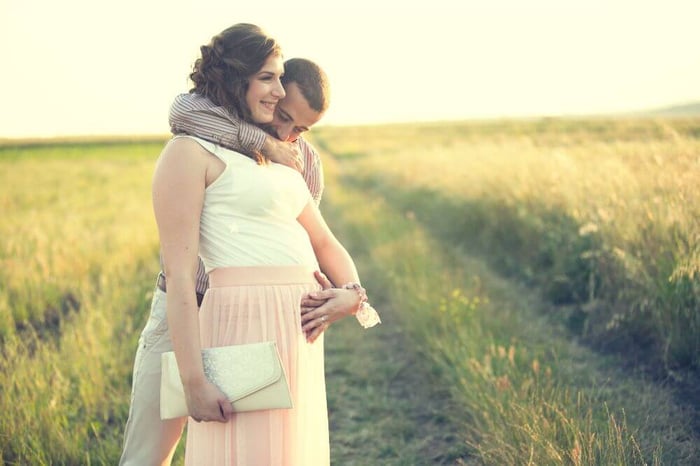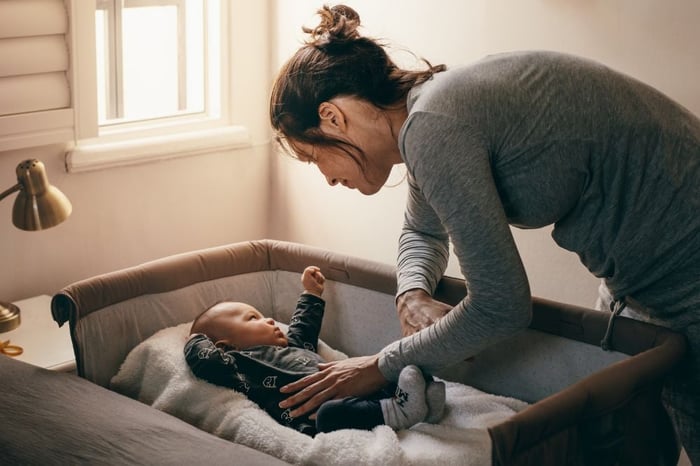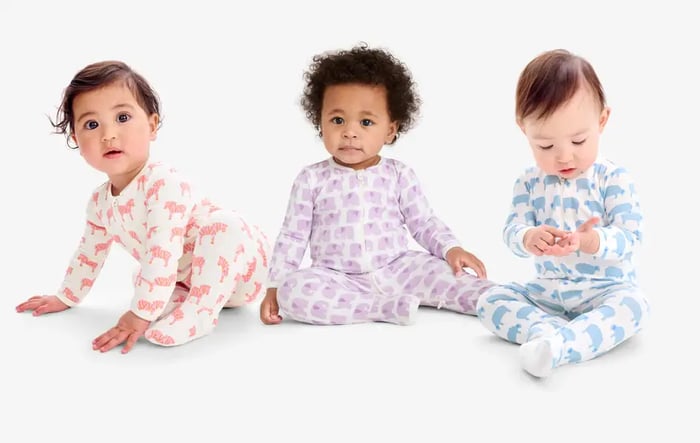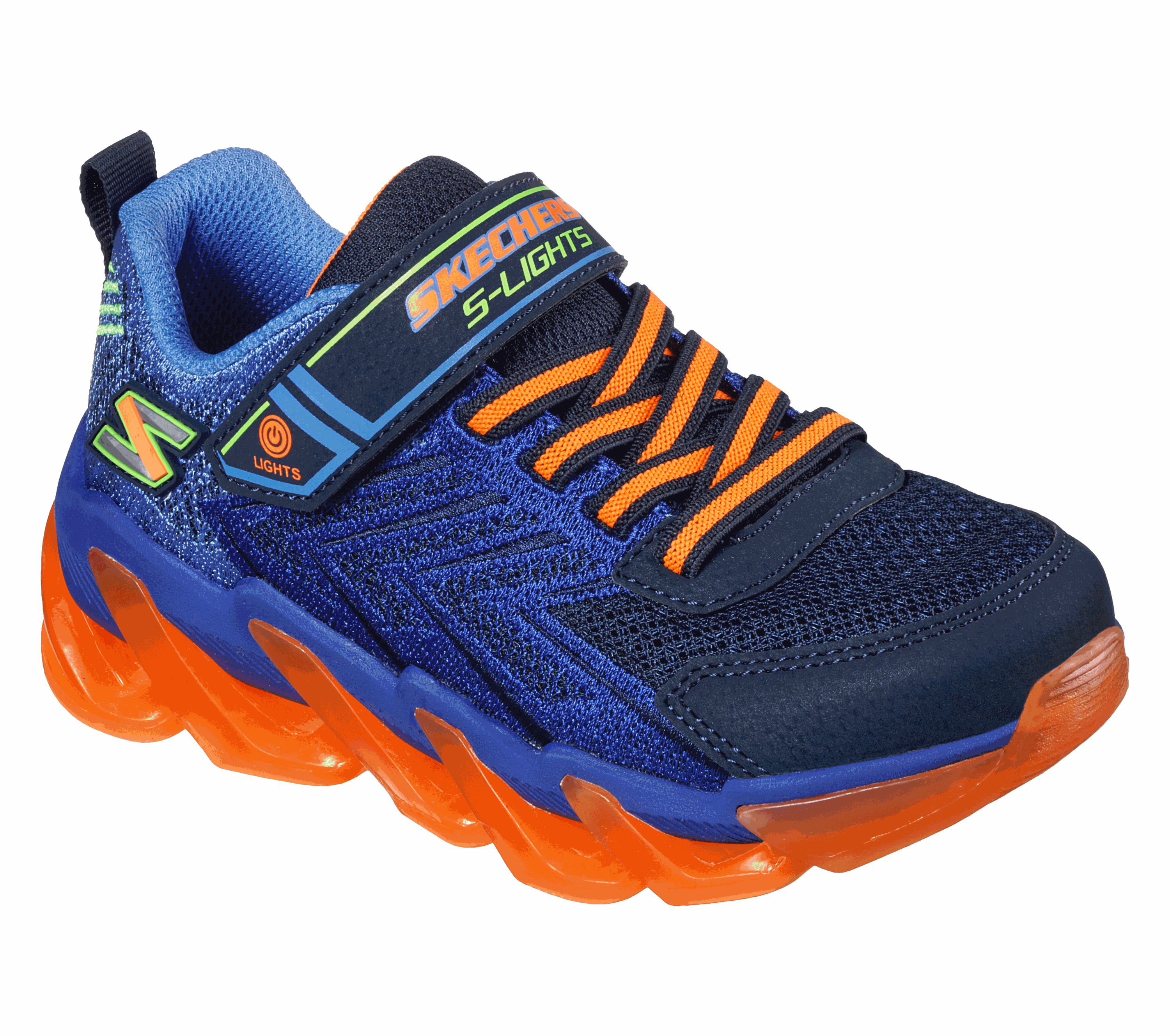As a mum, I've spent countless nights pondering this very question. Let's face it, ensuring our babies are cozy without overheating is a delicate balance. Today, we're diving into the world of footie pajamas and uncovering whether they're up to the task of keeping our little ones warm through the night.
The Baby Temperature Puzzle
Before we judge footie pajamas, let's talk about how babies regulate their body temperature. It's not as straightforward as you might think!
Babies are still developing their ability to control their body heat. Their surface area to body mass ratio is higher than adults, meaning they lose heat more quickly. This makes them more susceptible to temperature changes in their environment.
Here's what you need to know:
- Babies can't shiver to generate heat like adults do.
- They have less insulating body fat, especially newborns.
- Their heads are proportionally larger, which is where they lose most of their heat.
This unique physiology means we need to be extra vigilant about their clothing and room temperature. It's not just about piling on layers – it's about finding the right balance to keep them comfortable and safe.
Signs your baby might be too cold:
- Cold hands and feet
- Pale or blotchy skin
- Lethargic behavior
Indicators of overheating:
- Flushed, red cheeks
- Damp hair or sweaty back
- Rapid breathing
- Heat rash
These signs can vary from baby to baby. Get to know your little one's unique cues to become a pro at spotting when they're not comfortable.
Footie Pajamas: More Than Just Adorable
Now, let's talk about footie pajamas. These one-piece wonders have been a staple in baby wardrobes for generations, and for good reason.
Benefits of footie pajamas:
- Full-body coverage: No more worrying about exposed tummies or chilly toes. Footie pajamas provide consistent warmth from neck to toe.
- Convenience: As a busy parent, anything that makes life easier is a win. One-piece designs mean quick changes and less fuss, especially during those middle-of-the-night nappy swaps.
- Safety: Unlike loose blankets or separate socks that can come off, footie pajamas stay put. This reduces the risk of covering your baby's face or losing warmth through exposed extremities.
- Versatility: Many modern footie pajamas come with features like convertible feet or fold-over mittens, allowing you to adapt to your baby's needs and the room temperature.
But the million-dollar question remains – are they warm enough? The answer isn't a simple yes or no. It depends on several factors:
- The material of the pajamas
- Your home's temperature
- Your baby's individual needs
- The season
Let's break these down:
Material Matters:
Not all footie pajamas are created equal. Cotton is breathable and great for warmer rooms or babies who tend to run hot. Fleece offers more insulation but might be too warm for some. Bamboo viscose is a fantastic middle ground – it's soft, regulates temperature well, and feels luxurious against baby's skin.
Home Temperature:
The ideal room temperature for a sleeping baby is between 16-20°C (60-68°F). If your home tends to be cooler, you might need warmer pajamas or additional layers. Conversely, if you keep your home warmer, lighter materials might be more appropriate.
Individual Needs:
Some babies naturally run warmer or cooler than others. Pay attention to your baby's cues and adjust accordingly. A baby who's constantly kicking off blankets might prefer cooler sleepwear, while one who snuggles up might need something warmer.
Seasonal Considerations:
While we can control indoor temperatures to some extent, seasonal changes still play a role. In winter, you might opt for fleece or thicker materials, while summer calls for lightweight, breathable options.
The key to using footie pajamas effectively is to choose the right type for your specific situation and to be ready to adjust as needed.
Beyond Footies: Exploring Alternatives
While footie pajamas are fantastic, they're not the only option for keeping your baby warm at night. Let's explore some alternatives:
Two-Piece Pajama Sets: These offer flexibility and are great for babies who tend to overheat. You can easily remove the top if your little one gets too warm. They're also convenient for quick diaper changes.
Onesies with Separate Socks: This combo allows for easy temperature adjustment. You can change sock thickness based on the room temperature without changing the entire outfit. It's also helpful if your baby has a tendency to kick off socks.
Sleep Sacks: These wearable blankets are a safe alternative to loose bedding. They come in various thicknesses (measured in TOG ratings) to suit different temperatures. Some even have removable sleeves for added versatility.
Bodysuits with Pants: Similar to two-piece sets, these allow for easy layering. You can add or remove pants as needed without disturbing your baby's upper body.
Remember, the best choice depends on your baby's preferences, your home's temperature, and the season. Don't be afraid to mix and match to find the perfect combination.
Seasonal Strategies: Adapting to Weather Changes
As seasons change, so should your approach to your baby's sleepwear. Here's a guide to help you navigate through the year:
Summer:
- Opt for lightweight, breathable materials like cotton or bamboo.
- Consider short-sleeved or sleeveless options.
- Use a low TOG sleep sack or even just a onesie on very warm nights.
- Keep the room cool with proper ventilation or air conditioning.
Winter:
- Layer up with a onesie under warmer footie pajamas.
- Use higher TOG sleep sacks over pajamas for extra warmth.
- Consider fleece or thermal materials for extremely cold nights.
- Maintain a consistent room temperature, even if it means using a heater.
Spring/Autumn:
- These transitional seasons can be tricky. Have a mix of warmer and cooler options ready.
- Use layering to adapt to fluctuating temperatures.
- Keep a close eye on the room temperature, as it can vary more during these seasons.
Remember, indoor heating and cooling play a big role in what your baby should wear. Always dress your baby primarily for the indoor temperature, not the outdoor weather.
Trust Your Instincts: Becoming a Baby Temperature Expert
After all this information, here's the most important tip: trust your parental instincts. You know your baby better than anyone else.
Observe Your Baby: Watch for signs of discomfort. Is your baby sleeping peacefully, or are they restless? Are they sweaty or do they feel cold to the touch?
Be Flexible: What works one night might not work the next. Be prepared to make adjustments based on your baby's needs.
Consider Your Baby's Unique Traits: Some babies naturally run warmer or cooler. Take this into account when choosing sleepwear.
Don't Compare: What works for your friend's baby might not be right for yours. Every baby is unique.
Keep a Sleep Journal: Note down what your baby wears each night and how well they sleep. This can help you identify patterns and find the perfect sleep setup.
Remember, there's no one-size-fits-all solution. It might take some trial and error to find what works best for your little one. Don't be discouraged if you don't get it right immediately. With time and attention, you'll become an expert in keeping your baby comfortable through the night.
Wrapping It Up
We've journeyed through the world of baby sleepwear. Keeping your baby warm and safe at night is an ongoing process. As your little one grows and seasons change, you'll need to adjust your approach.
But don't worry – with the knowledge you've gained here, you're well-equipped to ensure your baby has sweet, warm dreams all night long.
Now that you're armed with all this knowledge about keeping your baby warm and comfortable, it's time to put it into action. At JenniKidz.ca, we understand the importance of safe, cozy sleepwear for your little ones.
Our collection features a wide range of footie pajamas, sleep sacks, and other sleepwear options designed with your baby's comfort and safety in mind.
Explore JenniKidz.ca today to explore our selection of baby sleepwear.








































